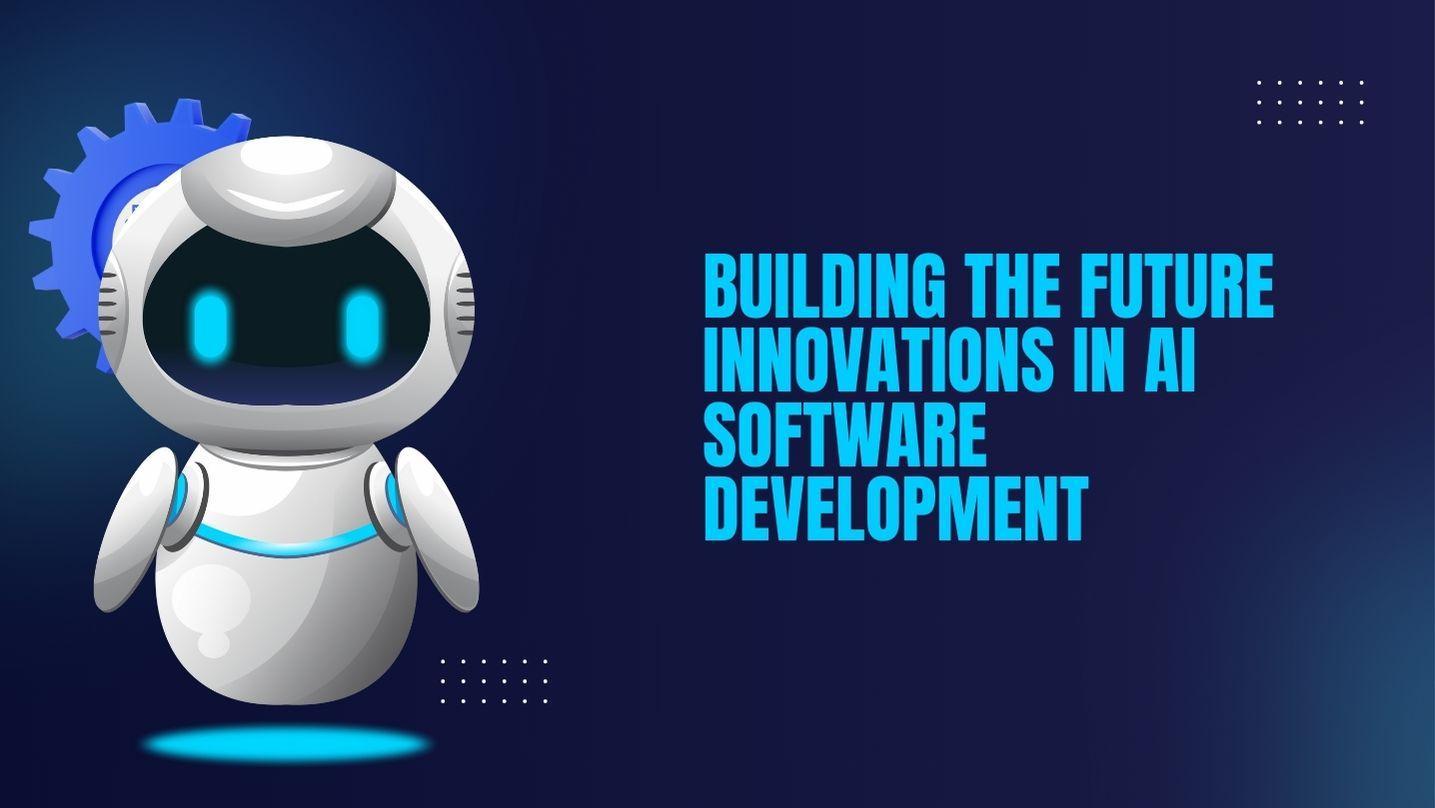Artificial Intelligence (AI) has rapidly evolved, reshaping industries and setting new benchmarks for efficiency, accuracy, and automation. Anup Kumar, a recognized expert in AI-driven software engineering, provides a detailed exploration of the latest advancements in AI software development, highlighting groundbreaking innovations that are redefining technology’s role in business and society.
Revolutionizing Software Engineering with AI
AI integration in software engineering has revolutionized application design, development, and maintenance. Modern AI-driven methodologies reduce errors, streamline workflows, and enhance reliability. AI-powered code generation accelerates development while improving defect detection by 90% in early testing. These innovations ensure a robust, efficient lifecycle, delivering high-quality AI-driven applications with improved performance and reliability.
Business Process Automation: A New Era of Efficiency
AI-driven business automation has revolutionized productivity, cutting costs by up to 30% and enhancing decision accuracy. Companies report a 45% boost in efficiency and 60% accuracy gains. Machine learning and automation streamline operations, minimize human intervention, and improve agility, making workflows more efficient and responsive to business needs.
AI in Decision-Making: Beyond Traditional Analytics
AI-driven decision-making enhances data analysis with unmatched accuracy. Predictive analytics help businesses forecast trends, detect anomalies, and refine strategies. Organizations report 92% improved accuracy and 35% lower risks. Intelligent AI systems transform enterprise analytics, enabling swift, data-driven decisions that adapt to changing challenges efficiently.
Machine Learning Infrastructure: Scaling for the Future
As AI adoption grows, machine learning infrastructure has evolved to accommodate the increasing demand for high-speed processing and scalable models. Cloud-based AI architectures now process up to 800 terabytes of data daily, enabling distributed computing networks to handle millions of transactions per second. Optimized deployment frameworks have reduced infrastructure costs by 40%, while AI-driven resource allocation algorithms ensure optimal efficiency in cloud environments. These advancements in machine learning infrastructure have positioned AI as a cornerstone of modern enterprise solutions.
The Role of AI in Cybersecurity and Bias Mitigation
AI has emerged as a critical tool in cybersecurity, enhancing threat detection capabilities and reducing vulnerabilities in digital systems. AI-driven security protocols have improved threat detection accuracy by 92%, minimizing unauthorized access attempts by 75%. Additionally, bias mitigation strategies in AI systems have led to a 67% reduction in algorithmic bias, ensuring ethical and fair decision-making processes. The deployment of adversarial testing techniques has further strengthened AI models, making them more resilient to evolving cyber threats.
Natural Language Processing: Advancing Human-Machine Interaction
Natural Language Processing (NLP) has transformed the way humans interact with technology, making AI-driven communication more intuitive and accessible. Optimized NLP models process up to 95,000 tokens per second, achieving response accuracy rates of 92.8%. The integration of sentiment analysis and language translation technologies has expanded AI’s capabilities, enabling real-time multilingual communication with 45% improved accuracy. As AI-driven NLP continues to evolve, its applications in customer service, healthcare, and financial services are becoming more sophisticated and impactful.
Computer Vision: Unlocking New Possibilities
Advancements in computer vision have propelled AI-powered visual recognition systems to new heights. Modern AI frameworks process over 3,200 high-resolution images per second, achieving object detection accuracy rates of 94.8%. These innovations have significant implications for industries such as healthcare, manufacturing, and retail, where AI-driven visual analytics enhance quality control, automate inspections, and improve security measures. With AI-driven computer vision systems achieving near real-time processing speeds, the potential applications continue to expand across diverse sectors.
Ensuring Scalability and Reliability in AI Deployments
Scalability remains a crucial factor in AI system deployments, with businesses prioritizing high-performance architectures. Advanced scalability solutions, such as Kubernetes-based orchestration, have improved resource utilization by 85%, reducing response times by 72%. Edge computing optimizations have enabled AI systems to process data with latencies as low as 15 milliseconds, ensuring real-time decision-making capabilities. The ability to scale AI models efficiently while maintaining reliability has become a defining feature of successful AI implementations.
In conclusion, the evolution of AI software development is driving innovation and business growth. Anup Kumar emphasizes the need for ethical AI deployment, ensuring fairness, transparency, and security. As AI becomes integral to daily applications, the pursuit of scalable, responsible, and intelligent solutions will continue shaping the next phase of digital transformation.































